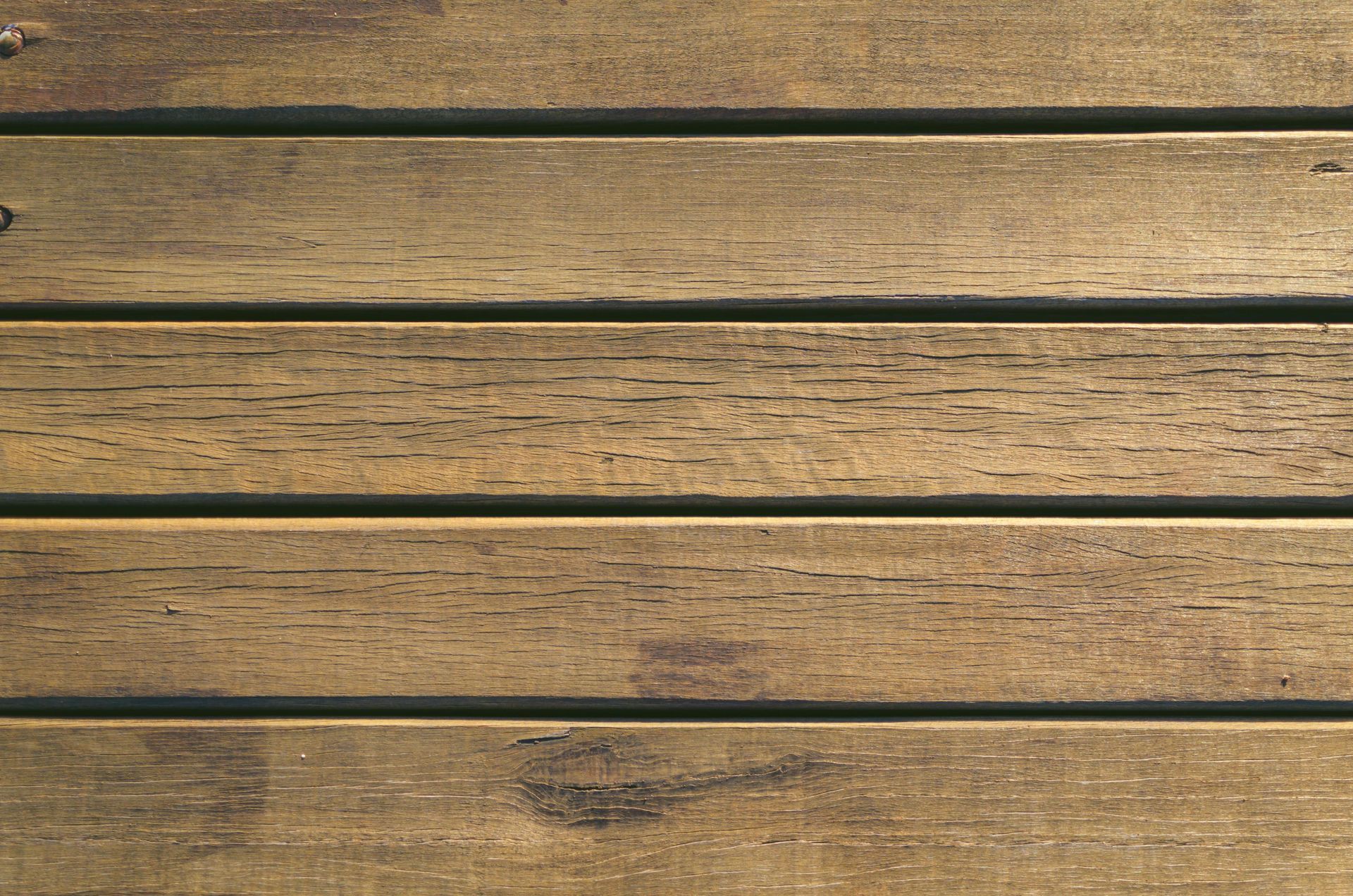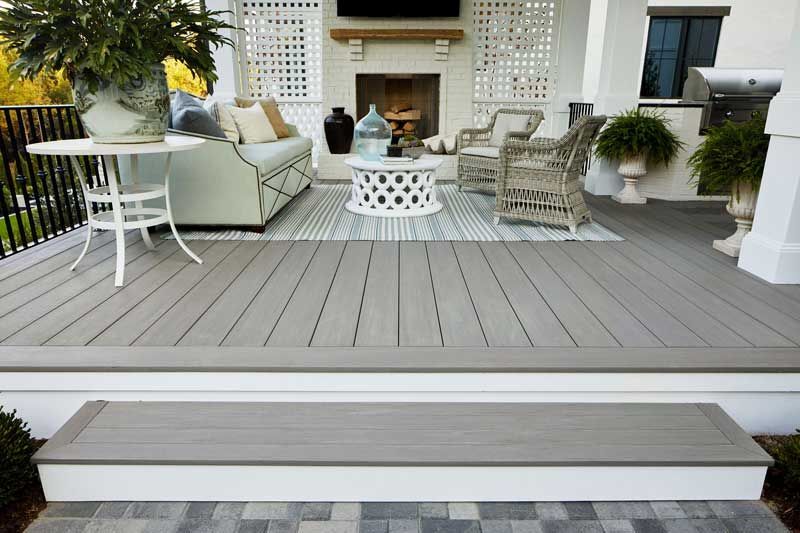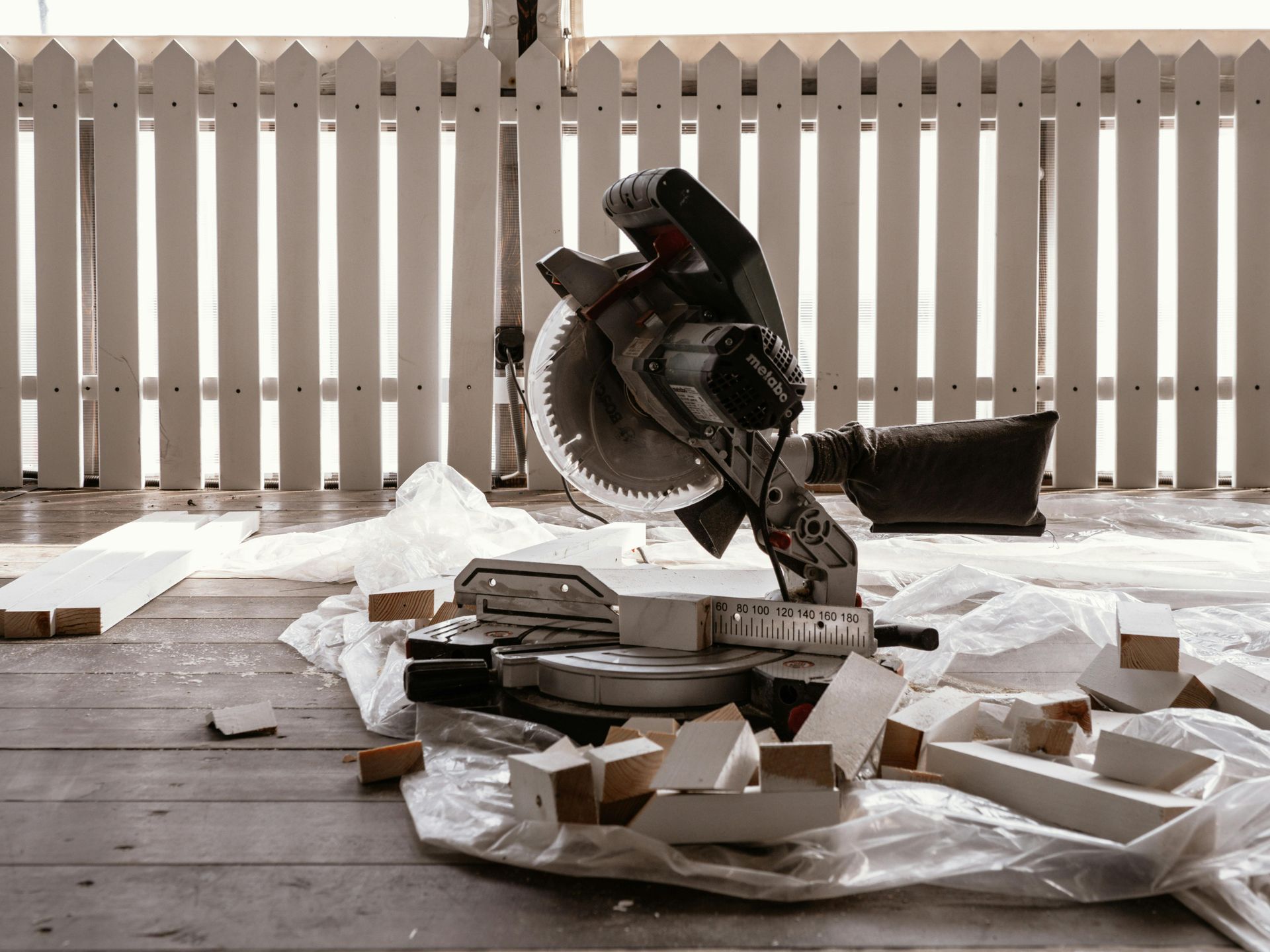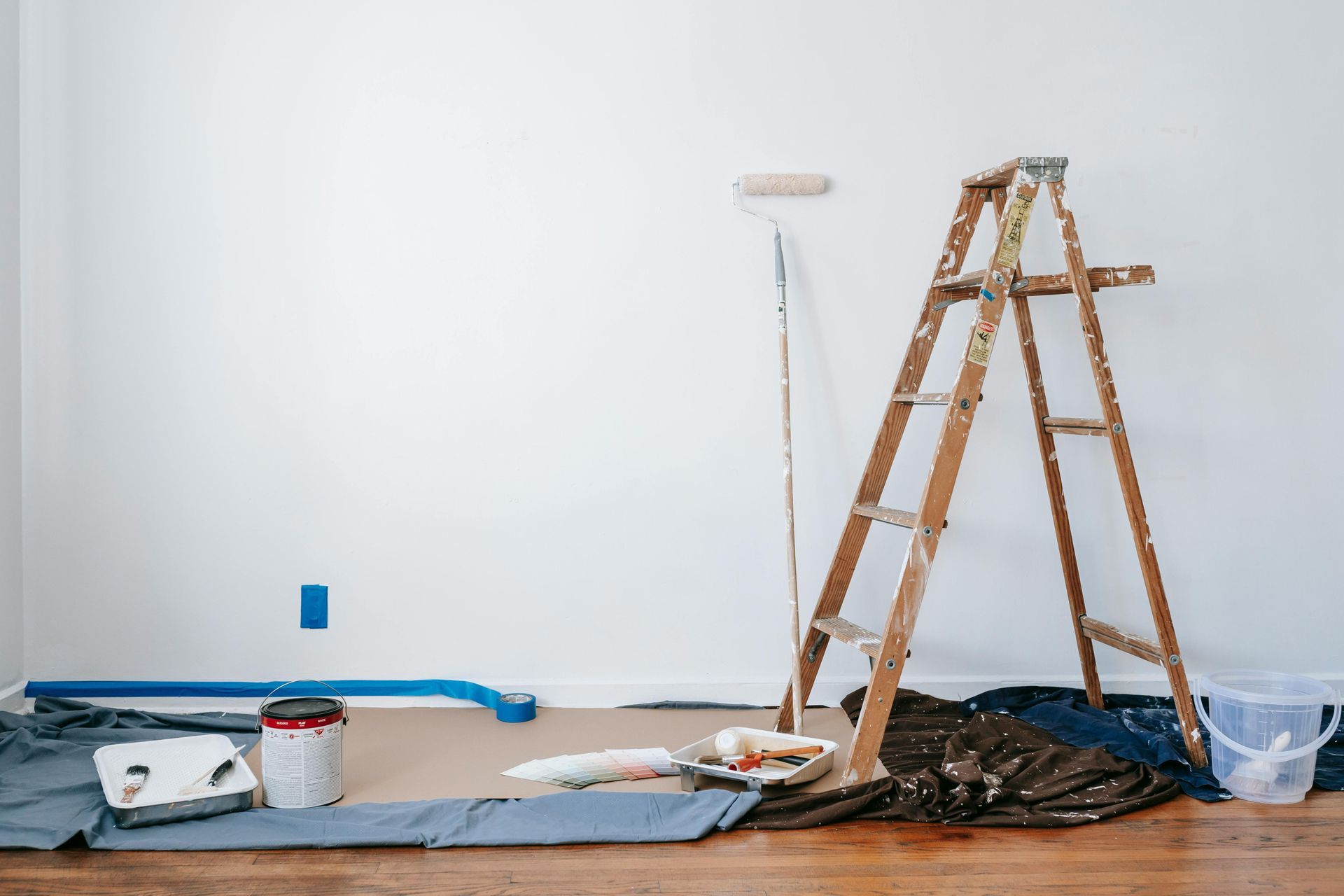The DIY Guide to Building a Custom Closet: Tips from a Boulder Lumber Yard
Transforming your closet from a cluttered space into an organized oasis can be a rewarding DIY project. With the right tools, materials, and guidance, building a custom closet tailored to your needs is within reach. In this comprehensive guide, we'll walk you through the steps to create a custom closet that maximizes space and functionality, with expert tips from Budget Home Supply, your top Boulder lumber yard.
Planning Your Custom Closet
Assess Your Needs
Before diving into your closet makeover project, take some time to assess your needs and priorities. Consider factors such as the size of your closet, your storage requirements, and your budget. Determine what items you need to store, such as clothing, shoes, accessories, and linens, and how you want them organized.
Measure Your Space
Measure the dimensions of your closet, including width, height, and depth. Take accurate measurements of the walls, floor, and ceiling, as well as any existing shelving or hanging rods. This will help you determine how much space you have to work with and plan your closet layout accordingly.
Designing Your Closet Layout
Sketch Your Design
Create a rough sketch or diagram of your custom closet layout, taking into account the measurements and dimensions of your space. Consider incorporating features such as shelving, hanging rods, drawers, and cubbies to maximize storage and organization. Be sure to leave enough clearance space for accessing your belongings comfortably.
Utilize Online Design Tools
Take advantage of online design tools and software to create a more detailed and accurate closet layout. Many home improvement stores in Boulder offer free online design services that allow you to customize your closet design, choose materials and finishes, and visualize the final result before making any purchases.
Choosing Materials and Supplies
Select High-Quality Lumber
Choose high-quality lumber for building your custom closet, such as pine, cedar, or melamine-coated particleboard. Visit a Boulder lumber yard like Budget Home Supply to explore a wide selection of lumber options and get expert advice on choosing the right materials for your project.
Consider Hardware and Accessories
Don't forget to consider hardware and accessories for your custom closet, such as drawer pulls, handles, knobs, and hanging rod brackets. Choose hardware that complements the style and aesthetic of your closet and ensures smooth operation of drawers and doors.
Building Your Custom Closet
Install Shelving and Hanging Rods
Begin by installing shelving and hanging rods in your closet according to your layout design. Use a level to ensure that shelves and rods are installed straight and evenly spaced. Consider adjustable shelving and rods for added flexibility and customization.
Assemble Drawers and Cabinets
If your custom closet includes drawers and cabinets, assemble them according to the manufacturer's instructions. Use quality hardware and fasteners to ensure stability and durability. Install drawer slides and door hinges carefully to ensure smooth operation.
Add Finishing Touches
Once the main components of your custom closet are in place, add finishing touches such as trim, molding, and paint or stain to enhance the appearance and durability of your project. Consider adding lighting fixtures, mirrors, and organizational accessories to further customize your closet to your needs.
Organizing Your Closet
Sort and Declutter
Before transferring your belongings into your new custom closet, take some time to sort through your items and declutter. Donate or discard items you no longer need or use, and organize the remaining items into categories for easy storage and access.
Arrange Items Strategically
Organize your clothing, shoes, accessories, and other belongings strategically within your custom closet. Group similar items together and store frequently used items within easy reach. Use bins, baskets, and dividers to keep smaller items organized and maximize space.
Maintaining Your Custom Closet
Regular Maintenance
To keep your custom closet looking and functioning its best, perform regular maintenance tasks such as dusting, vacuuming, and wiping down surfaces. Inspect hardware and fasteners periodically for signs of wear or damage and make any necessary repairs or replacements.
Seasonal Updates
Consider updating your custom closet seasonally to accommodate changes in wardrobe and storage needs. Rotate out seasonal clothing and accessories, and adjust shelving and hanging configurations as needed to optimize space and organization.
Building a custom closet is a rewarding DIY project that can enhance the functionality and organization of your home. By following the steps outlined in this guide and utilizing
expert tips from a Boulder lumber yard like Budget Home Supply, you can create a custom closet that meets your unique needs and preferences. From planning and designing to choosing materials and building, building a custom closet allows you to maximize space and efficiency while adding value and style to your home. So roll up your sleeves, grab your tools, and get ready to transform your closet into a stylish and organized oasis!






